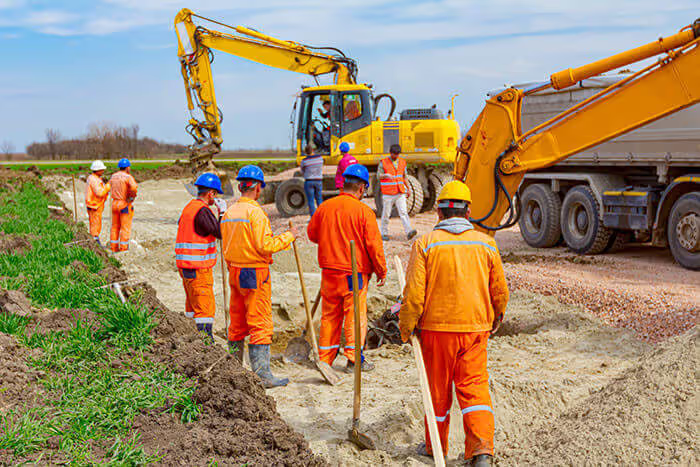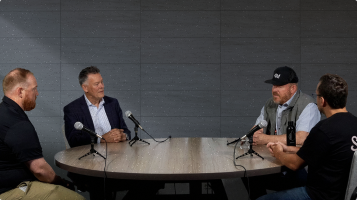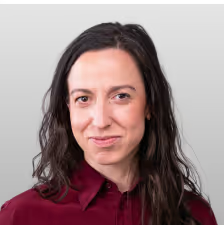Reliability & Work Safe New Zealand
Written by

Published on
February 19, 2021


Table of contents
Towards the end of 2019, a New Zealand excavation crew struck a two-inch natural gas line, bringing fire and utility crews to the scene and cutting service to nearby residents. With sheer luck, there were no injuries, and the leak was promptly fixed.
Excavation utility strikes are particularly dangerous incidents in the construction industry, as they unravel quickly and limit the ability of workers (and in some cases others nearby) to escape.
Listed in the “Good Practices Guidelines” handbook, published by ‘Work Safe New Zealand’, are procedures and measures that describe how to go about managing safety risks associated with excavation work.
- Avoid underground services and make sure not to undermine nearby structures – use safe digging practice and dig away from them.
- Check the excavation each day before starting work and after any event that may affect its stability.
- Provide safe access to get in and out.
- Prevent collapse – shore, bench, or batter back. Do not assume ground will stand unsupported.
- Prevent people and materials falling in – with barriers strong enough not to collapse if someone falls against them.
Unfortunately, despite their importance, the listed measures above do not refer to the pre-locating of subsurface utilities prior to excavation work. In fact, this document states the following:
“Always assume there are underground services at the site. Make sure the services are located and confirmed by the service owner. Some service plans are not accurate, and the actual position and depth may be quite different. There may also be other unmapped services present, and services owned by different parties.”
In other words, the base assumption is in fact that there is no reliable knowledge of what is occurring beneath the surface. The blueprints, utility owner markings, and other surveying reports, can’t be trusted, they can’t be relied upon.
Sadly, this suspicious attitude towards the subsurface is a global phenomenon not unique to New Zealand. On the same note, neither are these guidelines, as the industry worldwide is losing in this battle against excavation strikes.
Fortunately, this is precisely the challenge 4M Analytics takes on. The company has developed a combination of remote sensing, AI, and computer vision, that generates a mapping simulation engine that gives project stakeholders an accurate & up-to-date description of the subsurface terrain. Basically, ours is a detailed map of the known and unknown utilities in the subsurface; a map you can rely on to prevent dangerous excavation strikes.
It’s time the industry took a step forward into the future, adopting technologies that promote damage prevention in the early stages of construction planning, technologies one can rely on. It’s time for 4M.
Recent blog posts

Our Newsletter
Join 7k infrastructure professionals
Get monthly insights on ways to build smarter, faster and safer with Utility AI.

.avif)




